My love affair with Champagne started with a bottle of Taittinger. At the time, young and foolish child that I was, I knew little about Champagne except it's what fancy people drink on special occasions and just bought based on the price point of being not the cheapest but not the most expensive either.
It was lovely. I was hooked. When I could afford to splurge, a bottle came home with me at any chance. Sure, I tried others. But that nostalgic moment of my first sip of bubbly kept me somewhat faithful to my original.
It also didn't hurt that Grace Kelly was featured in their iconic vintage advertisements.
Who doesn't want to drink like Grace?
So here are the rules: Champagne is only Champagne if it's grown in the Champagne region of France. If it's grown anywhere else in the world, it's sparkling wine. The French love their bubbles and will drink it almost daily, usually a glass before dinner. It's almost always more expensive than your daily table wine, but considering the amount of time that is aged and stored it's much more expensive to produce.
Most of the big Champagne Houses have their Headquarters in Reims and it will say "a Reims" on the label.
For good reason- the chalky limestone earth beneath the city has been quarried since the Romans were there, leaving a labyrinth of cold caves ideal for leaving Champagne to age for years.
We booked a couple of tours through the tourist office across from the Cathedral. Some tours you book yourself ahead of time, but most welcome same-day bookings and walk-ins. If you were really motivated, you could do a load of them as they were almost all clustered within a few blocks of each other. Most of the tours ran from 10-15€ a pop and included a tasting at the end. We chose a big label, and also a smaller family-run business as well. Most of the cellars had tours in English. Brits love their fizzy and the town and the tours were filled with British tourist.
The Taittinger cellars, rather uniquely, were built in the basement ruins of a destroyed church. You could still see the pilon columns of the original architecture in places.
Champagne was a monk's handiwork afterall. What the Reims marketing people don't want to tell you is that the first bottles of bubbly probably came out of the South of France, and not the Champagne region, but shhh. I won't ruin their legend. It was called le vin du diable, Devil's Wine, by Dom Pérignon himself before he discovered how to control the carbonation. Once they started making stronger glass bottles to be able to hold up to the pressure, they were able to safely work with the product. A little brilliant marketing and this accidental carbonation became desirable.
The tour went deep into the cellars where their Champagnes are aged. The bottles need to be turned so the yeast collects at the neck of the bottle and can be extracted before they slap the labels on.
Astounding: several families brought their kids, who predictably got bored and simultaneously invigorated by the cold air. Bad combination.
The Payoff. Lovely, invigorating, effervescent. Delightful as always.
A few blocks away are the Martel cellars.
It was a much smaller, personal tour with a lot more information on the hows and wheres and whys of the process. No one brought their children to frolic among the bottles either.
They offered a tasting of several varieties.
One good thing about driving here, or renting a car: the discounts they give you when you buy direct. Both had really good deals on cases and multiple bottles.
Another tour might have been overkill, so we spent the rest of the warm sunny afternoon above ground and seeing what the world above had to offer. I took the opportunity to try glasses of Ruinart and Pommery, which were both quite a good an investment in educating my palate.




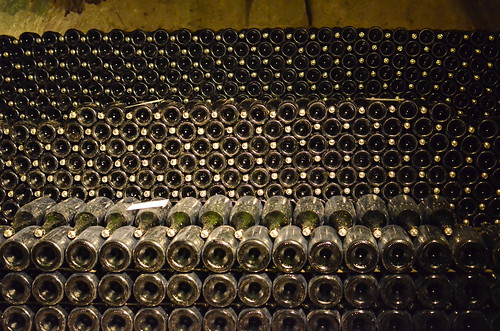
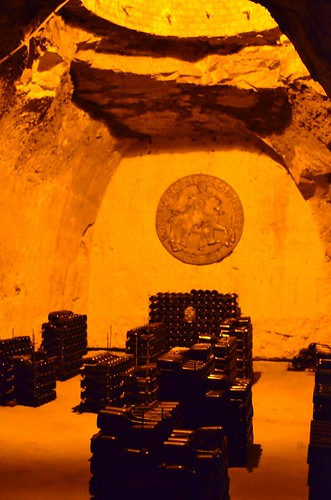
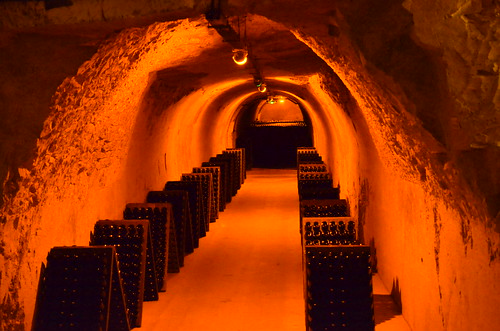
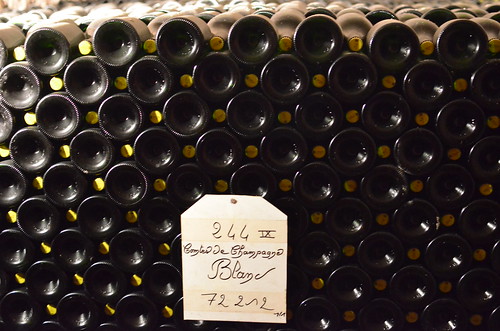

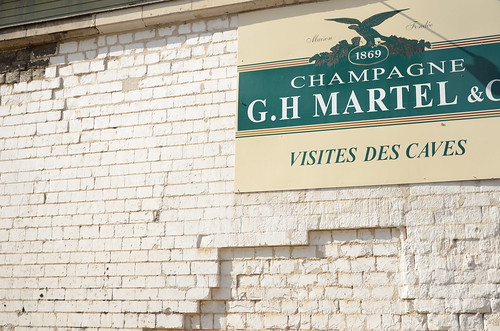
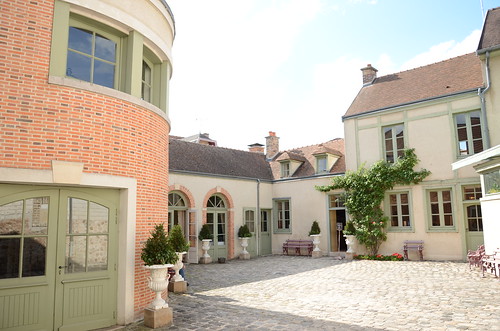
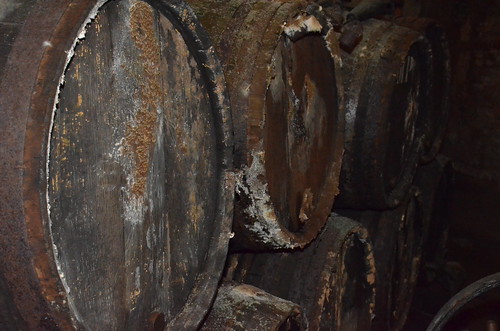


No comments:
Post a Comment